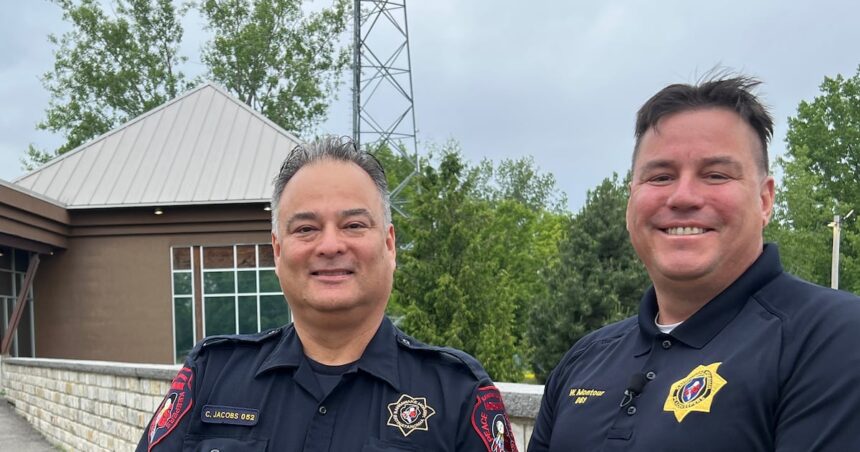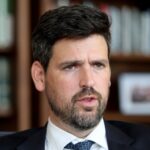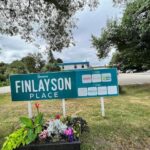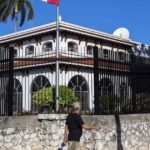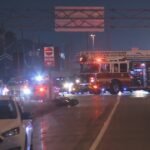In the quiet moments between patrols, Peacekeeper Sergeant Michael Stacey often reflects on his three-decade career that began in the smoldering aftermath of the 1990 Oka Crisis. As he prepares for retirement later this year, Stacey represents a generation of Indigenous law enforcement officers whose careers were shaped by one of Canada’s most significant territorial standoffs.
“When I joined, the wounds were still fresh,” Stacey told me during an interview at the Kahnawake Peacekeepers headquarters. “We weren’t just enforcing laws—we were rebuilding trust in a community that had experienced profound trauma and division.”
The Kahnawake Peacekeepers, established as an independent Indigenous police force, emerged directly from the tensions that erupted during the 78-day armed conflict between Mohawk protesters, the Quebec provincial police, and eventually the Canadian military. What began as opposition to a golf course expansion onto contested land quickly escalated into a nationally-televised confrontation that fundamentally altered Canada’s relationship with Indigenous communities.
For officers like Stacey and his colleague Sergeant Alana Goodleaf, who is also retiring this year, their careers span a remarkable evolution in Indigenous policing. “We started with limited resources and skepticism from all sides,” Goodleaf explained. “Some community members viewed us as potential enforcers of outside authority, while government officials questioned our capabilities.”
The statistics tell a compelling story of progress. When first established, the Peacekeepers operated with just seven officers and minimal equipment. Today, they maintain a force of 32 officers with specialized training in community policing, crisis intervention, and cultural sensitivity. Their jurisdiction covers the entire Kahnawake Mohawk Territory, serving approximately 8,000 residents.
“What makes our approach unique is how we blend traditional Mohawk principles of conflict resolution with modern policing practices,” Chief Peacekeeper Dwayne Zacharie said. “Our officers aren’t just enforcing Canadian law—they’re upholding community values that have existed for centuries.”
Financial documents obtained through public records requests show the Peacekeepers’ annual budget has grown from approximately $850,000 in 1991 to over $5.2 million today, reflecting both the expansion of services and the increasing recognition of their legitimacy by federal and provincial authorities.
Perhaps most telling is the shift in community perception. A 2023 survey conducted by the Kahnawake Economic Development Commission found that 78% of community members expressed high confidence in the Peacekeepers, compared to just 31% who reported confidence in outside law enforcement agencies.
Professor Taiaiake Alfred, an Indigenous governance expert at the University of Victoria, points to the Peacekeepers as an example of successful self-determination. “What began as a reactive measure has evolved into a proactive model for Indigenous-led security and justice,” Alfred said. “Their experience demonstrates that community-based policing that respects cultural protocols can be more effective than imposed systems.”
The retiring officers leave behind a legacy of institutional knowledge that the force is working deliberately to preserve. A mentorship program paired retiring officers with recruits for the past five years, ensuring that crucial community relationships and traditional approaches to conflict resolution aren’t lost.
“I worry sometimes about the new generation facing challenges we couldn’t imagine,” Stacey admitted. “Social media, the opioid crisis, climate change impacts—these weren’t on our radar when we started.”
Yet the foundations built by these pioneering officers provide a framework for addressing these evolving challenges. Their retirement comes at a pivotal moment in Canadian politics, as national conversations about reconciliation, policing reform, and Indigenous sovereignty intensify.
As we concluded our conversation, Sergeant Goodleaf reflected on her career’s meaning: “For generations, policing was something done to our community, not by our community. That fundamental shift—becoming agents of our own security rather than subjects of outside control—that’s what I’m most proud to have been part of.”
As these first-generation Peacekeepers prepare to hang up their badges, one question remains central to Kahnawake’s future: Will the next generation of Indigenous officers successfully balance traditional governance values with the increasing complexities of modern law enforcement, or will new pressures push them toward standardization with mainstream policing models?

